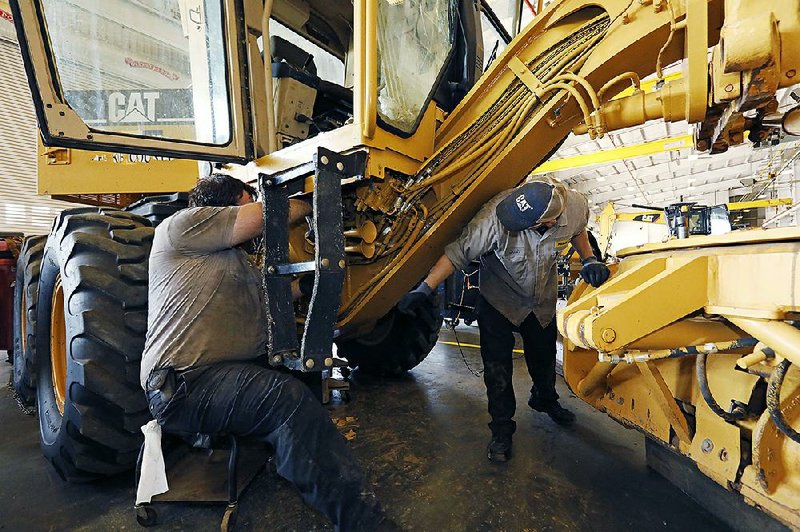WASHINGTON -- U.S. factory output slumped 0.5% in September, as a United Auto Workers strike at General Motors caused a steep decline in auto production amid broader struggles for manufacturers.
The Federal Reserve said Thursday that manufacturing production has fallen 0.9% over the past 12 months, a reflection of the disruptions and uncertainties caused by the U.S.-China trade war. The figures showed some stability, however, as factory output increased during the recently ended third quarter after having declined for the first six months of the year.
The GM strike, which began on Sept. 16, led to a 4.2% decline last month in the making of autos. The automaker reached a tentative four-year deal this week with workers who took to the picket lines for a month, so auto production could rebound in November. Excluding autos, factory output slipped a more modest 0.1% in September.
Total industrial production, which includes mining and utilities as well as manufacturing, slipped 0.4% in September.
Third quarter manufacturing output increased at a 1.1% annualized pace after slumping at a 3.2% rate in the previous three months.
Mining output fell 1.3% last month because of less crude oil being extracted and fewer wells being drilled. Oil and gas well drilling slumped 5.5%, and plunged at a 27.1% annualized rate in the third quarter.
Production at utilities improved 1.4% as warm weather boosted demand for electricity.
There was a slight decline in capacity utilization in September, a sign that the industrial sector is far from running at full speed. The capacity utilization rate was 77.5% in September, down from 77.9% in August.
The September figures highlight how multiple hardships are combining to slow work on factory floors. The effects of the strike at GM, the largest U.S. labor action in a decade, extended beyond assembly plants to the supply chain. The work stoppage only added to the bad news facing manufacturers that are challenged by the tariff war with China, tepid worldwide demand and limited domestic investment.
The data corroborates other reports showing a fragile manufacturing sector. The Federal Reserve Bank of New York's factory gauge remained subdued in October and the Institute for Supply Management's index dropped to the lowest level since 2016.
The Fed's monthly data is volatile and often gets revised. Manufacturing, which makes up about three-fourths of total industrial production, accounts for about 11% of the U.S. economy.
Information for this article was contributed by Josh Boak of The Associated Press and by Katia Dmitrieva of Bloomberg News.
Business on 10/18/2019
